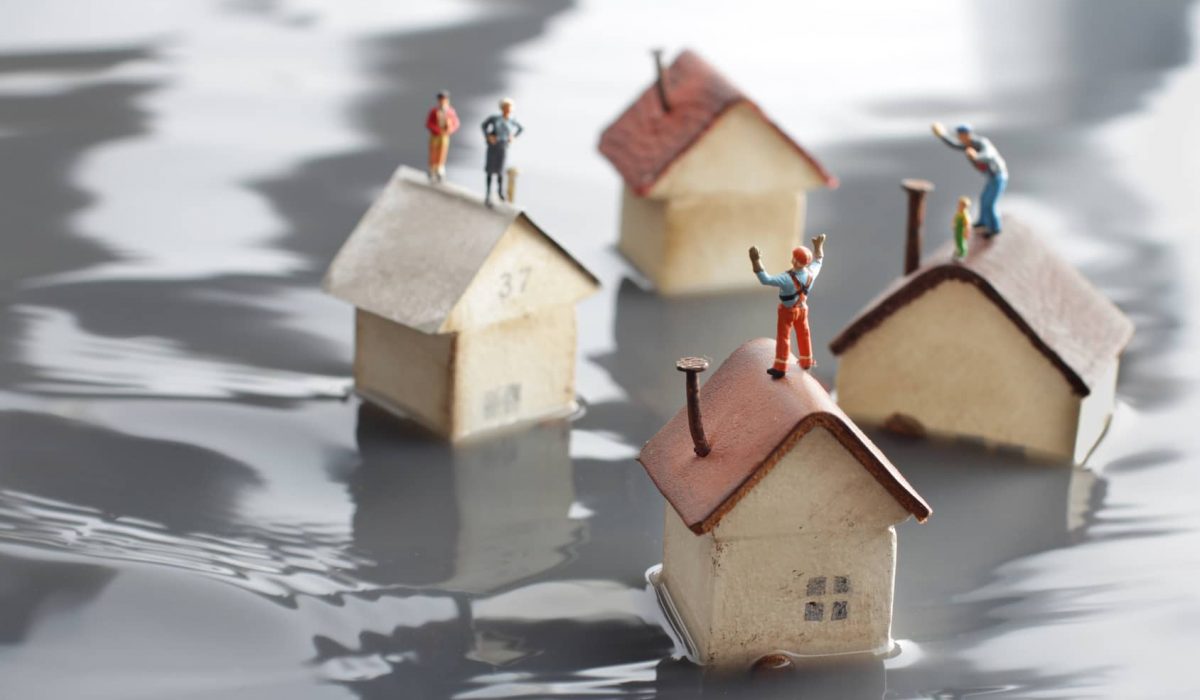Dry Water Damage Quickly: 6 Essential Steps
Contents
Introduction:
Water damage can strike unexpectedly, wreaking havoc on your home and belongings. Whether it’s from a burst pipe, flooding, or a leaky roof, swift action is essential to minimize damage and prevent mold growth. In this blog post, we’ll share valuable tips to help you dry water damage faster and restore your home to its pre-damage condition.
1. Remove Standing Water:
The first step in drying water damage is to remove standing water from your home. Use a wet/dry vacuum, pumps, or buckets to extract water from floors, carpets, and other affected surfaces. The quicker you remove standing water, the faster you can begin the drying process and prevent further damage to your property.
2. Increase Air Circulation:
Maximize air circulation in the affected areas by opening windows and doors, using fans, and turning on air conditioning or dehumidifiers. Circulating air helps evaporate moisture and speeds up the drying process. Position fans strategically to direct airflow towards wet surfaces and encourage evaporation.
3. Use Dehumidifiers:
Dehumidifiers are invaluable tools for removing excess moisture from the air and accelerating the drying process. Place dehumidifiers in the affected areas to reduce humidity levels and prevent condensation, which can prolong drying times and promote mold growth. Empty the water reservoir regularly to maintain optimal dehumidifier performance.
4. Remove Wet Materials:
Remove wet materials, such as carpets, rugs, and upholstery, from the affected areas to expedite drying and prevent mold growth. If possible, take these items outside to dry in the sun, as sunlight helps kill mold spores and bacteria. Dispose of severely damaged or unsalvageable items properly to prevent contamination and health hazards.
5. Utilize Absorbent Materials:
Place absorbent materials, such as towels, cloths, and paper towels, on wet surfaces to soak up excess moisture. Replace saturated materials with dry ones regularly to maximize absorption and speed up the drying process. Press down on absorbent materials to extract as much water as possible from surfaces.
6. Monitor Progress and Adjust Strategies:
Regularly monitor the drying progress and adjust your strategies as needed based on the conditions. Check moisture levels with a moisture meter or hygrometer and target areas that remain damp or humid. Be patient and thorough in your drying efforts to ensure that all affected areas are thoroughly dry to prevent mold growth and structural damage.
Conclusion:
Drying water damage quickly is essential for preventing further damage and mitigating the risk of mold growth. By following these tips and taking swift action, you can expedite the drying process and restore your home to its pre-damage condition. Remember, if the water damage is extensive or you’re unsure how to proceed, don’t hesitate to seek professional assistance to ensure thorough and effective drying.


